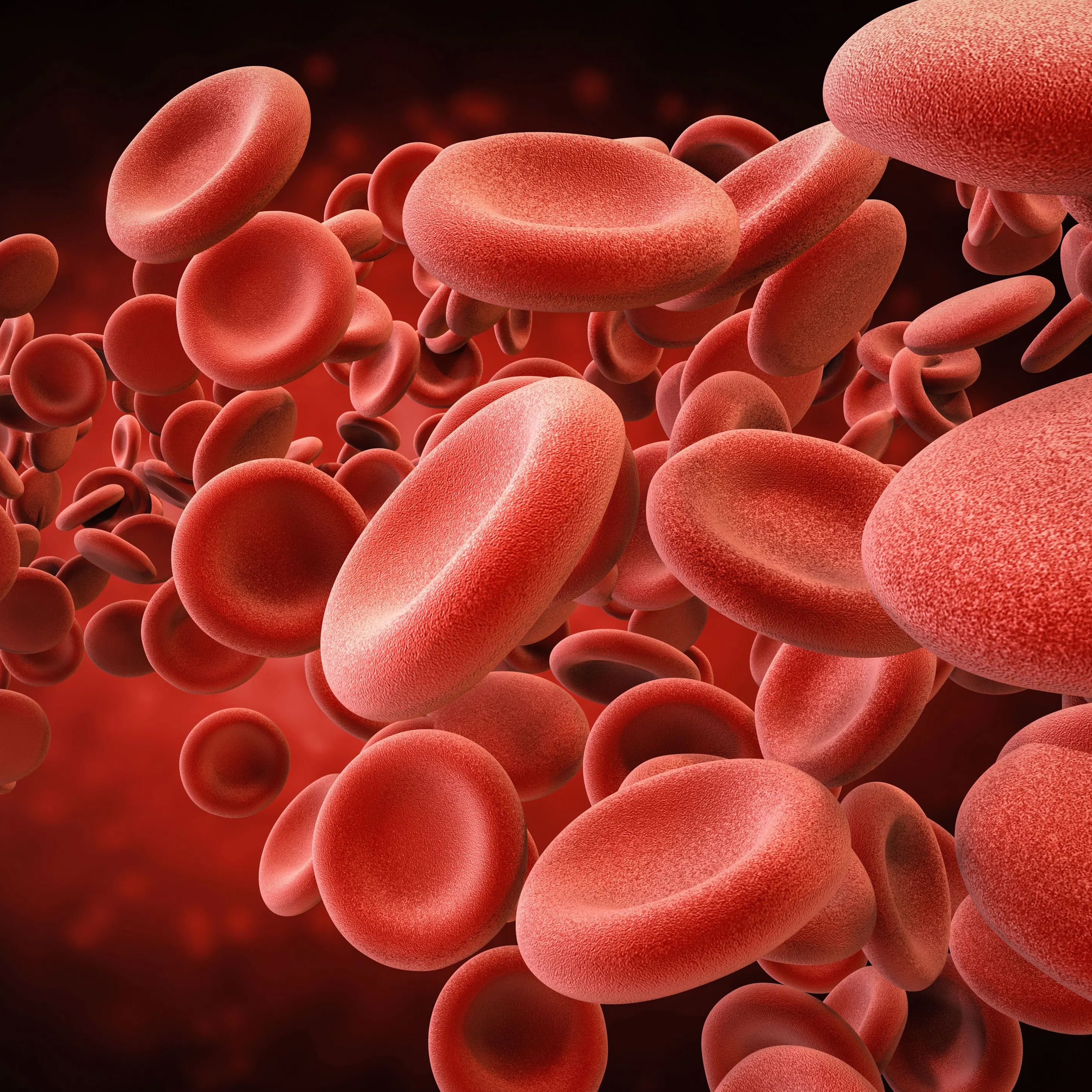Hemoglobin Levels Predict Renal Outcomes in Diabetic Kidney Disease
A study in China identified a negative and non-linear relationship between hemoglobin levels and a renal composite end point in patients with DKD.
Credit: Fotolia

A recent study based in China suggests hemoglobin concentration could serve as a predictive indicator for renal outcomes in patients with diabetic kidney disease (DKD).
Using records of Chinese patients with DKD, the retrospective study revealed a negative, non-linear correlation between hemoglobin levels and progression to renal composite end points, consisting of a 50% decline in baseline estimated glomerular filtration rate (eGFR) or end-stage renal disease (ESRD).
“Elevated hemoglobin levels are linked to a reduced risk of renal composite endpoint during follow-up, while lower hemoglobin levels are associated with an increased risk of renal end points,” wrote the investigative team, led by Wenjian Wang, department of nephrology, Guangdong Provincial People’s Hospital.
Early detection of DKD may slow down the progression of renal function, but predictive factors of progression in DKD are not well-defined, according to Wang and colleagues. Anemia is considered a major complication of chronic kidney disease (CKD) and a risk factor for eGFR decline, with early identification being shown to improve renal function.2
As the correlation between anemia and renal prognosis in DKD remains unclear, the investigative team examined the independent association between hemoglobin and renal composite end points in DKD.1 Records were collected on patients with DKD and type 2 diabetes from the investigator’s hospital institution in China between January 2010 and 2023.
DKD was diagnosed according to 2020 KDIGO guidelines, including urinary albuminuria level (urinary albumin creatinine ratio ≥30 mg/g and/or eGFR <60 mL/min/1.73m2), excluding CKD induced by other causes.3 Primary analysis outcomes included a more than 50% decline in baseline eGFR or progression to ESRD.1
For the analysis, a Cox proportional hazard regression model explored the predictive role of hemoglobin concentration in renal outcomes, and a model with cubic spline function and smooth curve fitting sought to unveil any non-linear relationships—further subgroup analyses aimed to identify specific patient populations that might benefit more from higher hemoglobin levels.
Among a population of 815 individuals with DKD, the mean age was 56 years, and 533 (65.4%) were male, with a mean hemoglobin of 121.52 ± 22.960 g/L. During a median follow-up of 21 months, 182 (22.33%) individuals experienced the renal composite end point. Participants in the highest hemoglobin level group exhibited lower incidence rates of the renal composite end point than those with the lowest hemoglobin level (P <.0001 for trend).
After adjustment for demographics and covariates, investigators found each additional 1 g/L of hemoglobin increased the risk of renal composite end point by 2.5% in the presence of DKD (hazard ratio [HR], 0.975; 95% CI, 0.966 - 0.984).
Wang and colleagues also identified a non-linear relationship between hemoglobin and the renal composite endpoint in the model including cubic spline functions analyses. Using a log-likelihood ratio test, the P for the log-likelihood ratio test was <.001 and they determined the inflection point at 109 g/L using the recursive algorithm.
Further subgroup analyses revealed no significant interaction between hemoglobin and the incident renal composite end point, by strata of body mass index (BMI), systolic and diastolic blood pressure (DBP), uric acid, and albumin (ALB). However, Wang and colleagues found gender could modify the relationship between hemoglobin and the incident renal composite end point (P <.05), with a more pronounced association in male patients (odds ratio [OR], 0.975; 95% CI, 0.965 - 0.984).
“In other words, higher Hb levels are associated with a lower risk of eGFR decline in males,” they wrote. “Higher hemoglobin proves to be a more robust protective factor for male DKD patients compared to their female counterparts.”
References
- Chen X, Xie J, Zhang Y, et al. Prognostic Value of Hemoglobin Concentration on Renal Outcomes with Diabetic Kidney Disease: A Retrospective Cohort Study. Diabetes Metab Syndr Obes. 2024;17:1367-1381. Published 2024 Mar 21. doi:10.2147/DMSO.S452280
- Xie L, Shao X, Yu Y, et al. Anemia is a risk factor for rapid eGFR decline in type 2 diabetes. Front Endocrinol (Lausanne). 2023;14:1052227. Published 2023 Jan 23. doi:10.3389/fendo.2023.1052227
- Kidney Disease: Improving Global Outcomes (KDIGO) Diabetes Work Group. KDIGO 2020 Clinical Practice Guideline for Diabetes Management in Chronic Kidney Disease. Kidney Int. 2020;98(4S):S1-S115. doi:10.1016/j.kint.2020.06.019